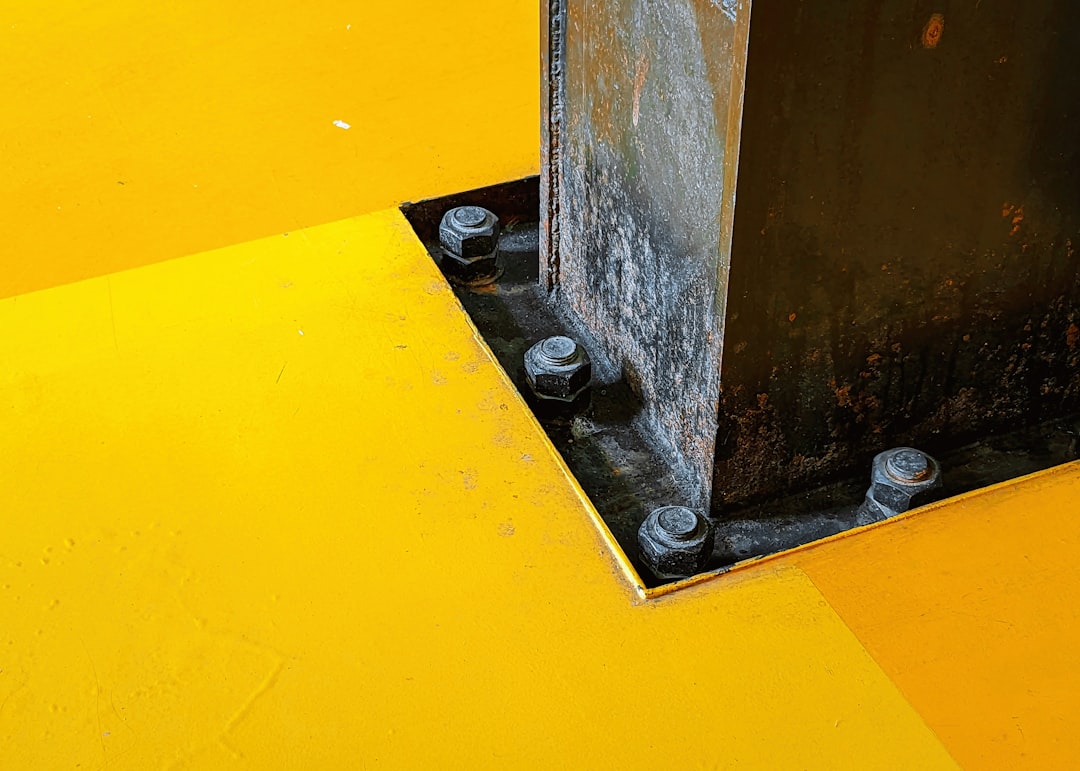
For construction professionals, understanding the costs associated with installing a dehumidifier in a crawl space is crucial. The typical project cost ranges from $1,800 to $4,200, with a national average around $2,950. These figures include labor, materials, electrical work, vapor barrier adjustments, and drainage solutions. Knowing these details helps you provide accurate estimates and avoid overestimating costs.
Most installations fall between $1,800 and $4,200. This includes labor, materials, electrical tie-in, vapor barrier adjustments, and drainage. Understanding these components helps in budgeting effectively.
CountBricks uses real-time data from regional suppliers to provide accurate estimates. Mention a 70-pint unit, and the software updates pricing instantly. This ensures the cost you see matches what you pay.
A 50-pint unit costs $750–$1,100, while a 90-pint system can exceed $1,600. Options like HEPA filtration are available.
Installing a dedicated circuit may cost $250, but panel upgrades can exceed $1,000.
A 10-mil polyethylene barrier is essential. Full encapsulation costs $1,200–$2,500.
Gravity drains cost around $150, while a condensate pump is about $180.
Labor typically requires 6–10 hours at $55–$85 per hour, making up 30–40% of the total cost.
Material and labor costs vary by region. CountBricks applies regional factors to ensure accurate quotes.
The Riveras' 1,200 sq ft crawl space had 78% humidity. CountBricks recommended a 70-pint unit and full encapsulation, costing $3,350, under budget. Humidity dropped below 55% in two weeks.
Proper sizing and encapsulation can reduce HVAC energy use by up to 18%. CountBricks includes five-year operating costs and energy rebates in estimates.
For precise estimates, start a voice session at CountBricks.com and receive a detailed proposal quickly.

Competitive pricing is important, but quality installation is crucial. CountBricks ensures high standards with on-site protocols.
AI takeoffs minimize material over-buy, reducing costs and waste.
In the Maple Glen project, optimized material use saved $4,700 and reduced waste.
Rebates for Energy Star units and financing options are available through CountBricks.com.
Schedule a voice consult at CountBricks.com for a detailed budget and timeline.